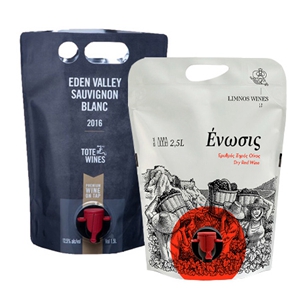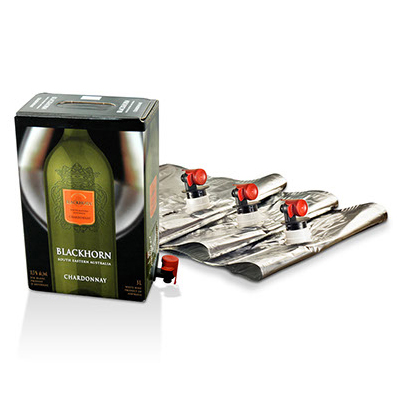מבוא
Wine and sophistication often go hand in hand, and so does the packaging that holds this age-old beverage. While glass bottles and corks have long been the traditional choice, a new trend is emerging: wine pouches. Could this modern innovation be the future of fine wine packaging?

What is a Wine Pouch?
Design Elements
A wine pouch typically consists of a sturdy, flexible material designed to hold liquid. It often comes with a spout or tap for easy pouring, allowing consumers to enjoy wine without opening an entire bottle.
Material Choices
Wine pouches are generally made of multiple layers of plastic, foil, and other materials to protect the wine from light, oxygen, and external odors, all of which can affect its quality.

Advantages of Wine Pouches
הִטַלטְלוּת
One of the most significant benefits of wine pouches is their portability. They are easier to carry and less fragile than traditional glass bottles, making them ideal for picnics, outdoor events, or even just a casual night at home.
Preservation
Wine pouches often come with a vacuum-sealed tap, allowing you to pour a glass without exposing the remaining wine to air. This feature prolongs the wine's lifespan after opening.
Reduced Carbon Footprint
Wine pouches weigh less than glass bottles, resulting in lower transportation costs and a reduced carbon footprint.

Types of Wine Suitable for Pouch Packaging
Red Wine
The strong barrier properties of the pouch materials help preserve the flavor profiles and tannins of red wines.
White Wine
Pouches can protect white wines from light exposure, making them a suitable choice for preserving their delicate flavors.
Rosé and Sparkling Wine
While less common, even rosé and sparkling wines are making their way into pouch packaging.
Consumer Perception
Quality Concerns
Some consumers question whether wine pouches can offer the same quality experience as traditional glass bottles.
מראה אסתטי
Packaging design, including the look and feel of the pouch, plays a significant role in attracting the modern wine consumer.
Production Considerations
Filling Process
Specialized machinery is required to fill and seal wine pouches, especially when they come with a tap or spout.
Cost Factors
Though the initial investment can be high, the reduced cost of materials and transportation often leads to long-term savings.
Sustainability and Environmental Impact
Material Use
Innovations are continually emerging to make wine pouches from more sustainable materials, such as bioplastics.
יכולת מיחזור
While traditional pouches can be challenging to recycle, efforts are underway to develop fully recyclable or compostable options.
Legal and Regulatory Hurdles
Alcohol Content Labeling
Legal requirements mandate specific labeling of the alcohol content, which varies from country to country.
Quality Assurance
Quality control measures must be rigorous to ensure that the wine maintains its integrity throughout its shelf life.
Case Studies
Success Stories
Some wineries have successfully shifted a portion of their product line to pouch packaging, gaining a new demographic of customers.
Challenges Faced
Transitioning to pouch packaging is not without its hurdles, including consumer perception and regulatory challenges.
Market Trends and Future Projections
Sales Data
The wine pouch market is steadily growing, especially among millennials and Gen Z consumers who prioritize convenience and sustainability.
Emerging Technologies
New materials and sealing technologies are continually being developed, promising a brighter future for wine pouches.
סיכום
The wine pouch is a disruptive innovation that challenges traditional notions of what wine packaging should be. Its benefits in terms of portability, preservation, and reduced environmental impact make it a compelling choice for both consumers and producers. While challenges exist, especially in terms of consumer perception and recyclability, ongoing innovations are likely to propel wine pouches into mainstream acceptance.
שאלות נפוצות
- Are wine pouches a fad or the future?
- They are increasingly being recognized as a sustainable, convenient alternative to traditional wine bottles.
- Do wine pouches affect the taste of wine?
- When made with high-quality materials and sealed properly, they do not compromise the wine's quality.
- Are wine pouches eco-friendly?
- They have a lower carbon footprint than glass bottles, but recyclability remains a concern.
- What types of wine can be packaged in pouches?
- Red, white, rosé, and even sparkling wines are suitable for pouch packaging.
- How long can wine last in a pouch?
- The vacuum-sealed tap can extend the wine’s lifespan after opening, often up to a month or more.
So, are you ready to raise a pouch to the future of wine packaging? With its myriad benefits and ever-evolving technology, the wine pouch is well on its way to becoming a staple in the world of fine wines. Cheers to innovation!